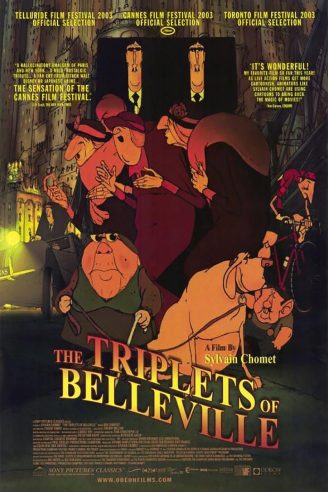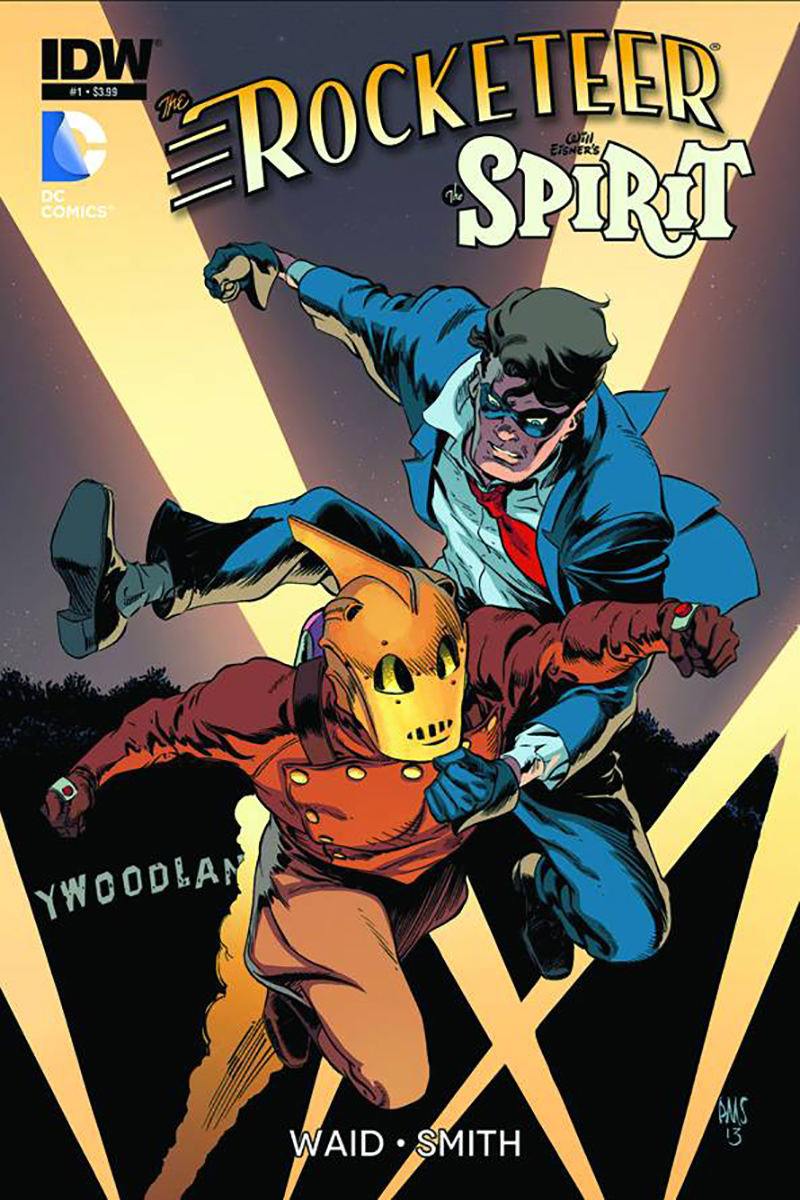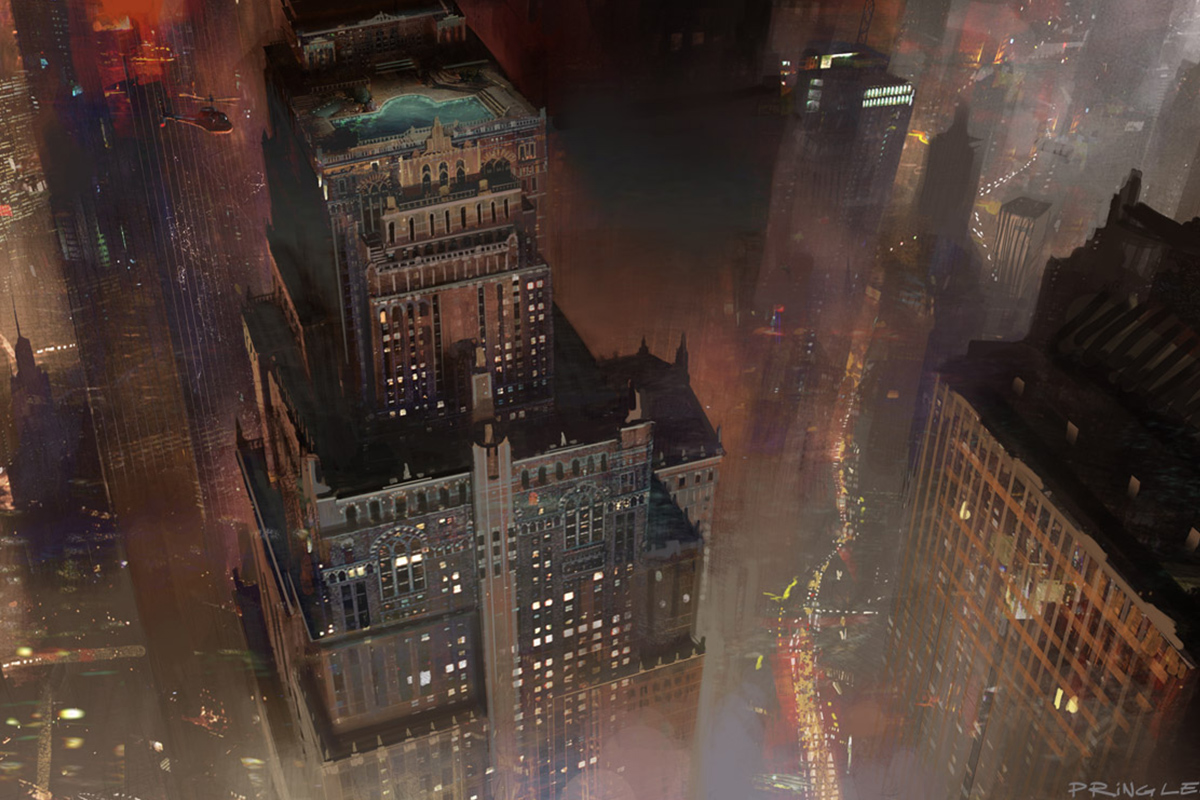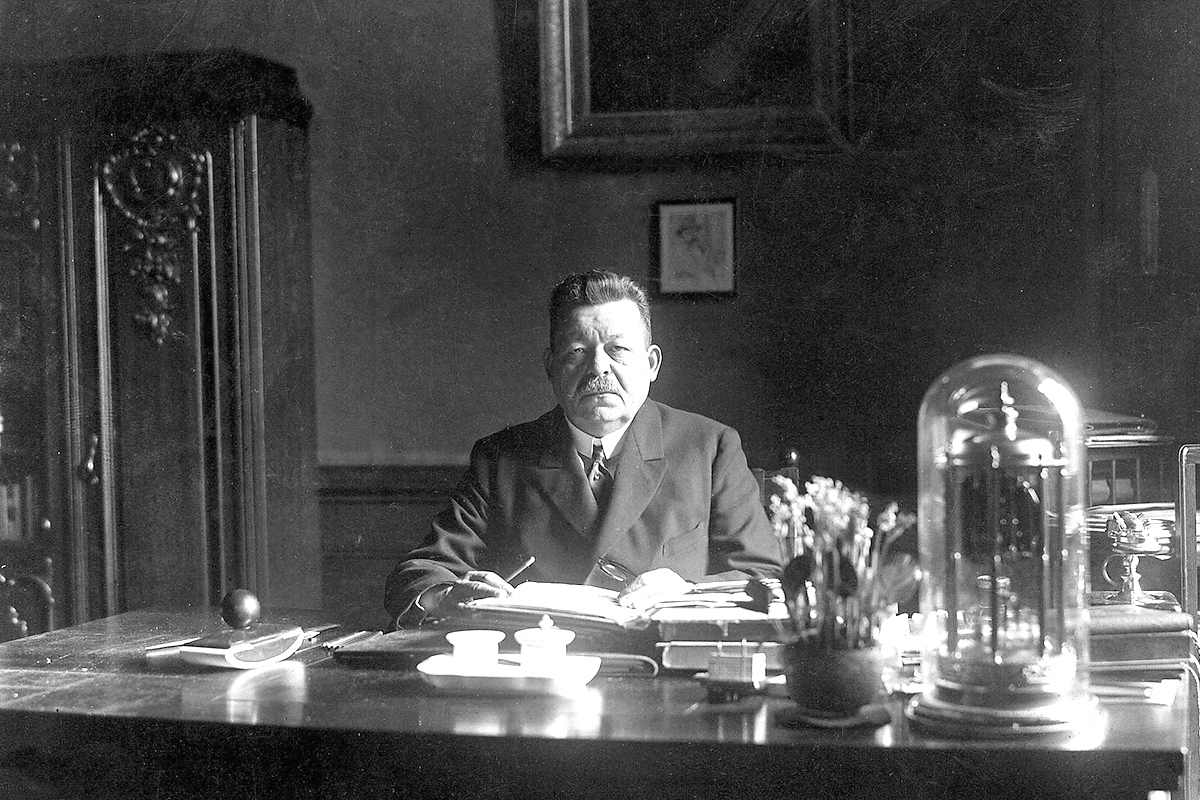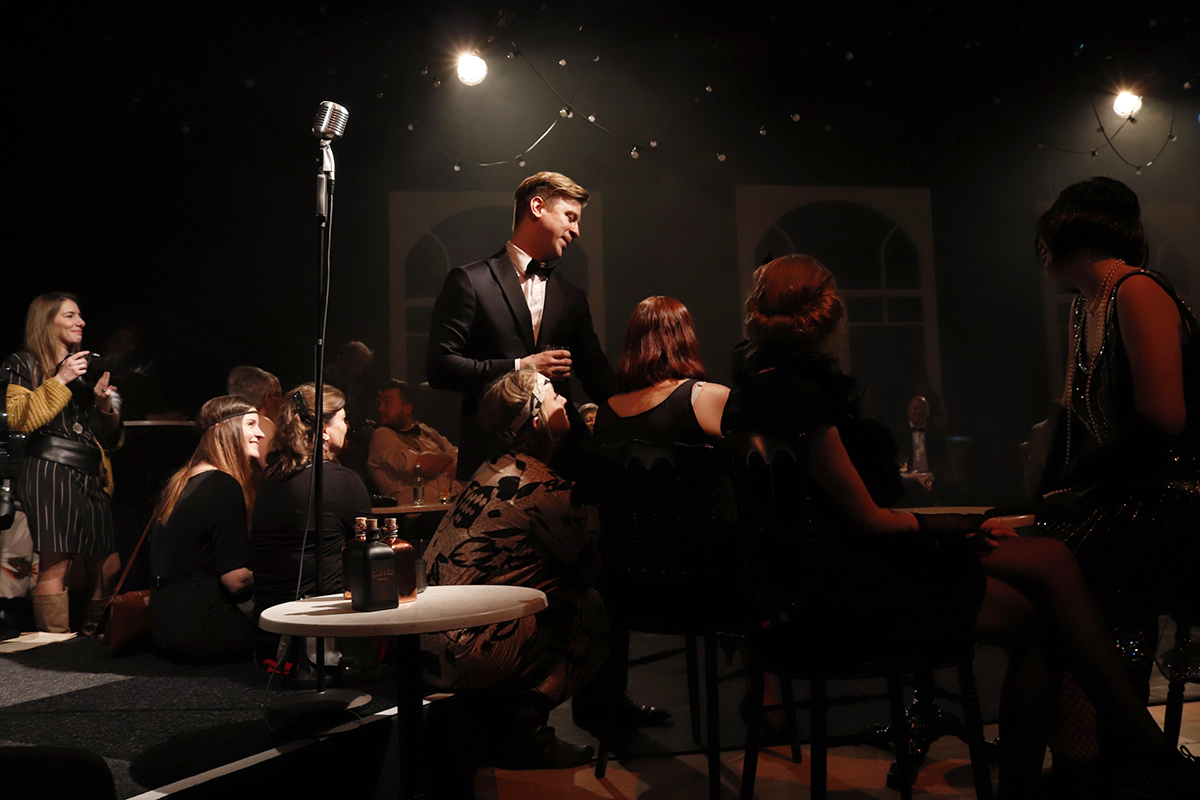The Triplets of Belleville bills itself as being something different from anything you’ve seen before. This may not be 100 percent true, as it certainly takes its cues from some of the original animations dating back to the first filmic era and there have been other animators to play extensively with the medium. However, it is a film you don’t see every day with a rather unusual style. The film has a certain dark, dingy quality that’s hard to put your finger on.
Visually, there are a lot of muted colors, with browns and beiges predominating, similar to old sepia photographs. Likewise, character designs are somewhat grotesquely shaped, and some of the scene are just a little bizarre.
The film starts with a young boy who gets a dog and a bike from his grandmother. He trains on the bike until, one day as an adult, he enters the Circuit de France. However, he ends up being kidnapped by some men in black, at which point his grandmother, Madame Souza, and his dog, Bruno, set out to try to find him. On the way, they gain the aid of the Triplets of Belleville, three aging sisters who were once famous musical performers.
The story itself is conveyed visually, with very sparse dialogue that is rather incidental. I watched the English dub but I’m sure one could easily watch the original French (not available on the DVD) and get the same basic experience. In fact, only about half of the rather sparse dialogue is translated and dubbed anyway, with the rest (such as the announcer’s voice during the bike race) left in French.
Really, all of it points to one thing — this movie is about the animation, plain and simple. Everything else is there only in as much as it needs to be to allow the animation to exist. The story and dialogue are pretty barebones. However, the animation is full of life, and it’s constantly playing around with its medium.
That said, the characters are also a little more developed and we get a feel for the kinds of people that populate the screen. There’s strong-willed and hardy, if perhaps a little too bullheaded, Madame Souza; the overweight, dim but ultimately loyal dog Bruno; and of course those fun-loving, slightly insane triplets. Each one comes to life through the animation as they are all drawn and animated to really bring out a certain look and feel that defines them.
For example, Madame Souza is stout and stocky, like an immovable mound of earth. Her big glasses and hobble (caused by her severe discrepancy in leg length) give off a sort of slow, steady assuredness as she continues to move forward. In fact, the oversized shoe she uses to make up for her short leg even aids them in their escape.
There is one other thing that this film seems particularly concerned with and that’s music. This certainly adds to the classic feel of the animation, as it is a bit reminiscent of the old practice of using cartoons before films as, essentially, advertisements for sheet music (e.g., the original Looney Tunes and Merry Melodies).
Much of the film’s score seems to hinge on the song “Belleville Rendez-vous”. The song is composed by Benoît Charest and sung by Béatrice Bonifassi, but there are numerous variations of it by Charest used throughout. The music definitely harkens back to the 1920s and possibly 30s, but with atypical and inventive instrumentation, including a refrigerator and a vacuum cleaner.
Overall, the movie is quite entertaining, if a little bizarre. It’s a kind of film you don’t see very often and worth checking out just to experience it once. And if you are a lover of fine animation or swing revival, then you really have no excuse not to watch it.
This story first appeared in Gatehouse Gazette 19 (July 2011), p. 8, with the headline “The Triplets of Belleville”.

